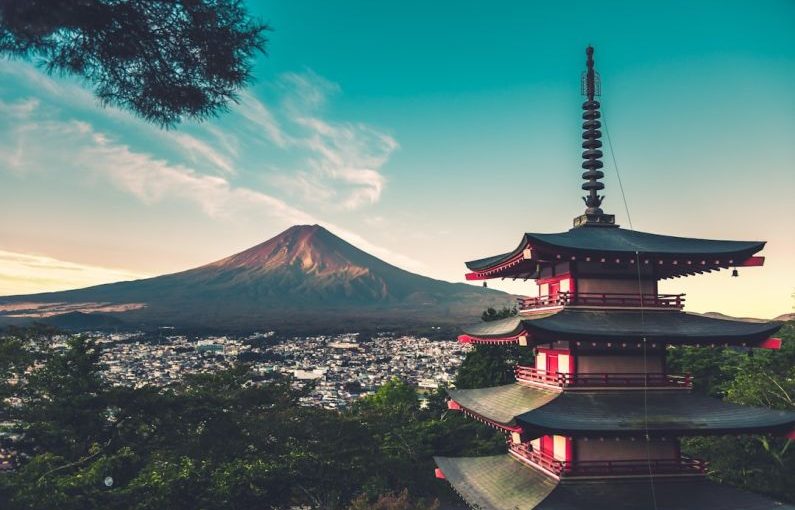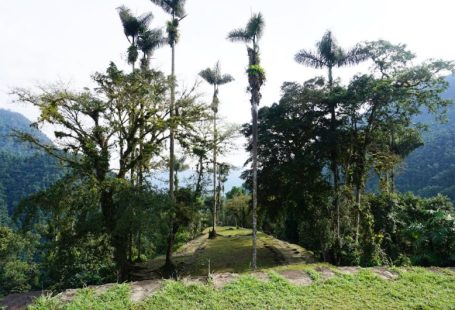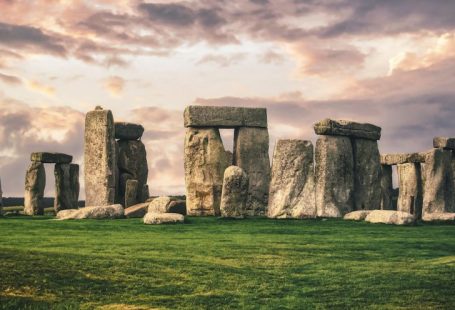Nestled in the heart of Japan, the iconic Mount Fuji stands tall and proud, casting a mesmerizing spell on all who lay eyes on it. Known as Fuji-san in Japanese, this majestic mountain is more than just a geological wonder; it is a symbol of Japan’s rich culture and heritage. For centuries, Mount Fuji has captured the imagination of artists, writers, and travelers from around the world, drawing them to its awe-inspiring beauty and mystique. In this article, we will delve into the allure of Destination 99: the Majestic Mount Fuji, Japan.
**A Geological Wonder**
Rising to a height of 3,776 meters (12,389 feet), Mount Fuji is Japan’s highest peak and an active stratovolcano. Revered as a sacred site, it holds a special place in the hearts of the Japanese people. The perfectly symmetrical cone shape of Mount Fuji is a result of centuries of volcanic activity, creating a stunning silhouette against the backdrop of the Japanese landscape. The mountain’s snow-capped peak, which is visible for miles around on clear days, has inspired countless artists and poets with its ethereal beauty.
**Cultural Significance**
In Japanese culture, Mount Fuji holds deep spiritual significance and is considered a symbol of national pride. It has been a source of inspiration for artists, poets, and scholars for centuries, featuring prominently in traditional woodblock prints, paintings, and literature. The mountain is also an important pilgrimage site for followers of Shintoism and Buddhism, who believe that it is a sacred place imbued with spiritual energy. Many visitors to Mount Fuji participate in rituals such as climbing to the summit, praying at shrines, and meditating in the mountain’s serene surroundings.
**A Hiker’s Paradise**
For outdoor enthusiasts and adventure seekers, Mount Fuji offers a challenging yet rewarding hiking experience. The official climbing season runs from early July to mid-September when the weather is most favorable. Hundreds of thousands of hikers make the ascent each year, following well-maintained trails that lead to the summit. Along the way, trekkers are treated to breathtaking views of the surrounding countryside, lush forests, and crystal-clear lakes. The sense of accomplishment upon reaching the top of Mount Fuji is unmatched, with panoramic vistas stretching as far as the eye can see.
**Capturing the Beauty**
Photographers flock to Mount Fuji to capture its beauty in all its glory. The changing seasons offer a kaleidoscope of colors, from cherry blossoms in spring to vibrant autumn foliage. Sunrise and sunset are particularly magical times to photograph the mountain, as the shifting light creates a dramatic interplay of shadows and highlights. Whether framed by a blanket of snow in winter or surrounded by fields of wildflowers in summer, Mount Fuji never fails to impress with its timeless allure.
**Preserving the Legacy**
Despite its enduring popularity, Mount Fuji faces environmental challenges from increased tourism and climate change. Efforts are underway to preserve the mountain’s natural beauty and cultural heritage for future generations. Sustainable tourism practices, conservation initiatives, and educational programs aim to raise awareness about the importance of protecting this national treasure. By working together to safeguard Mount Fuji, we can ensure that its majesty remains intact for years to come.
**In Conclusion: A Timeless Icon**
Mount Fuji stands as a timeless icon of Japan, a beacon of strength and beauty that transcends time and space. Its towering presence reminds us of the power of nature and the resilience of the human spirit. Whether you are drawn to its spiritual significance, its natural grandeur, or its cultural legacy, Mount Fuji is a destination like no other. So, pack your bags, lace up your hiking boots, and embark on a journey to the majestic Mount Fuji – a place where dreams meet reality, and the soul finds solace in the embrace of the mountain.





